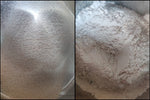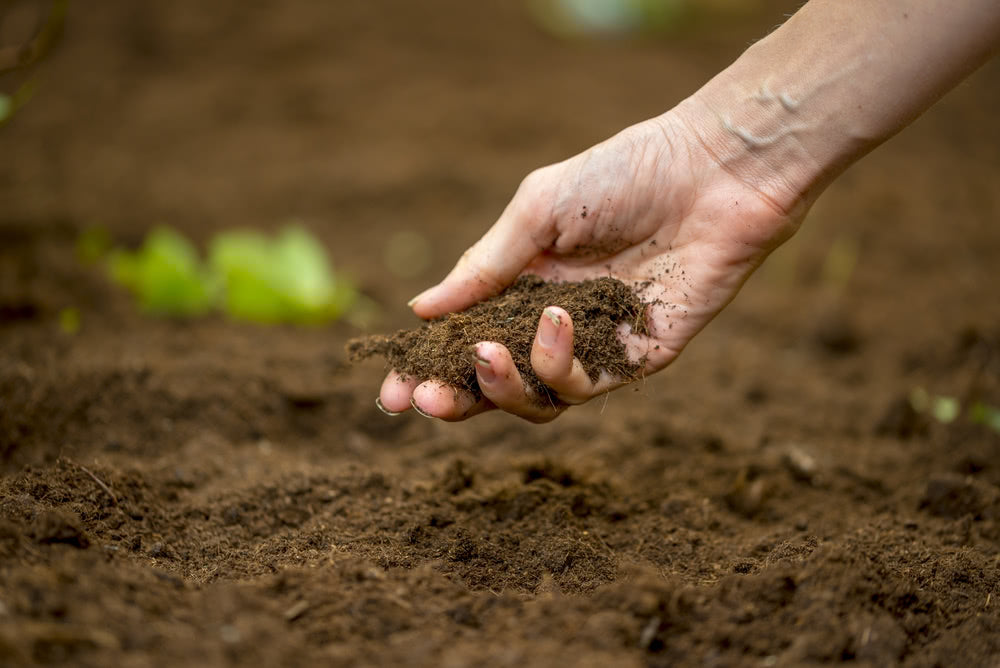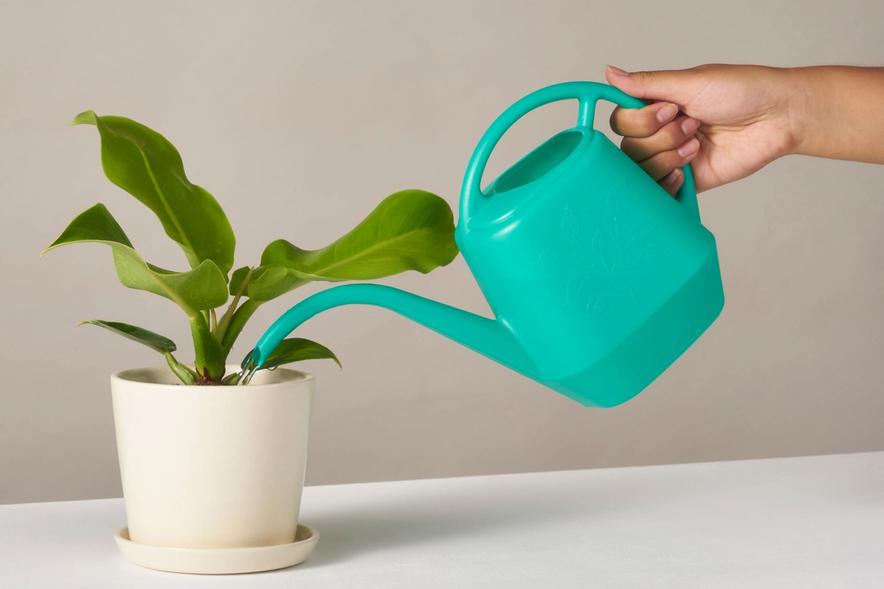
How can we soak millet flour?
, by saikat dutta, 4 min reading time

, by saikat dutta, 4 min reading time
Millet, a group of small-seeded cereal grains, has been cultivated for centuries and is gaining popularity as a nutritious and versatile alternative to other grains. With its high protein and fiber content, gluten-free nature, and adaptability to various climates, millet is an excellent choice for home gardeners and small-scale farmers alike.
This comprehensive guide will walk you through the steps of growing millet, from selecting the right variety to harvesting the mature grain.

There are several types of millet, each with its unique characteristics and growing requirements. Some popular varieties include:
Consider your climate, soil conditions, and intended use when choosing a millet variety.

Millet prefers well-drained, sandy loam soil with a pH between 6.0 and 7.0. Before planting, prepare the soil by:

Millet is typically planted in the spring, after the danger of frost has passed. The exact planting time will vary depending on your climate.
You can either broadcast the seeds by hand or use a seed drill. After planting, lightly rake the soil to cover the seeds.

Millet is a relatively low-maintenance crop that requires regular watering, especially during the early stages of growth. Water the millet deeply once a week, or more often if the weather is hot and dry.
Once the millet plants are established, they will require less frequent watering. However, it is important to keep the soil moist, especially during the flowering and grain-filling stages.
Millet is a relatively pest-resistant crop. However, it can be susceptible to diseases such as smut and ergot. To prevent these diseases, practice good crop rotation and sanitation.

Millet is ready to harvest when the seed heads have turned brown and the seeds are hard. The exact harvest time will vary depending on the variety of millet you are growing.
To harvest millet, cut the seed heads off the plants and allow them to dry completely. Once the seed heads are dry, thresh the seeds to separate them from the chaff.

Store millet in a cool, dry place in an airtight container. Millet can be stored for several months or even years if it is properly stored.


